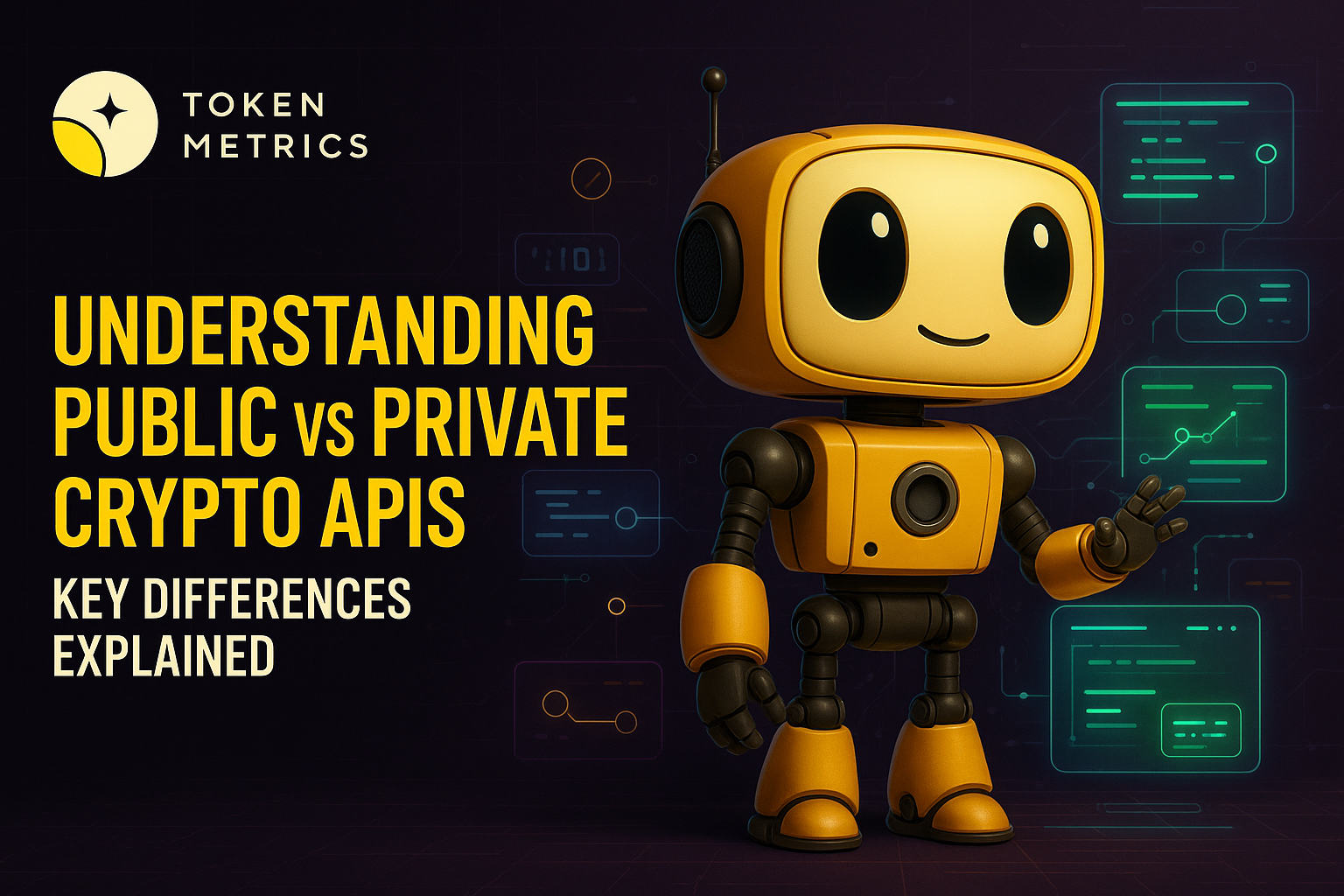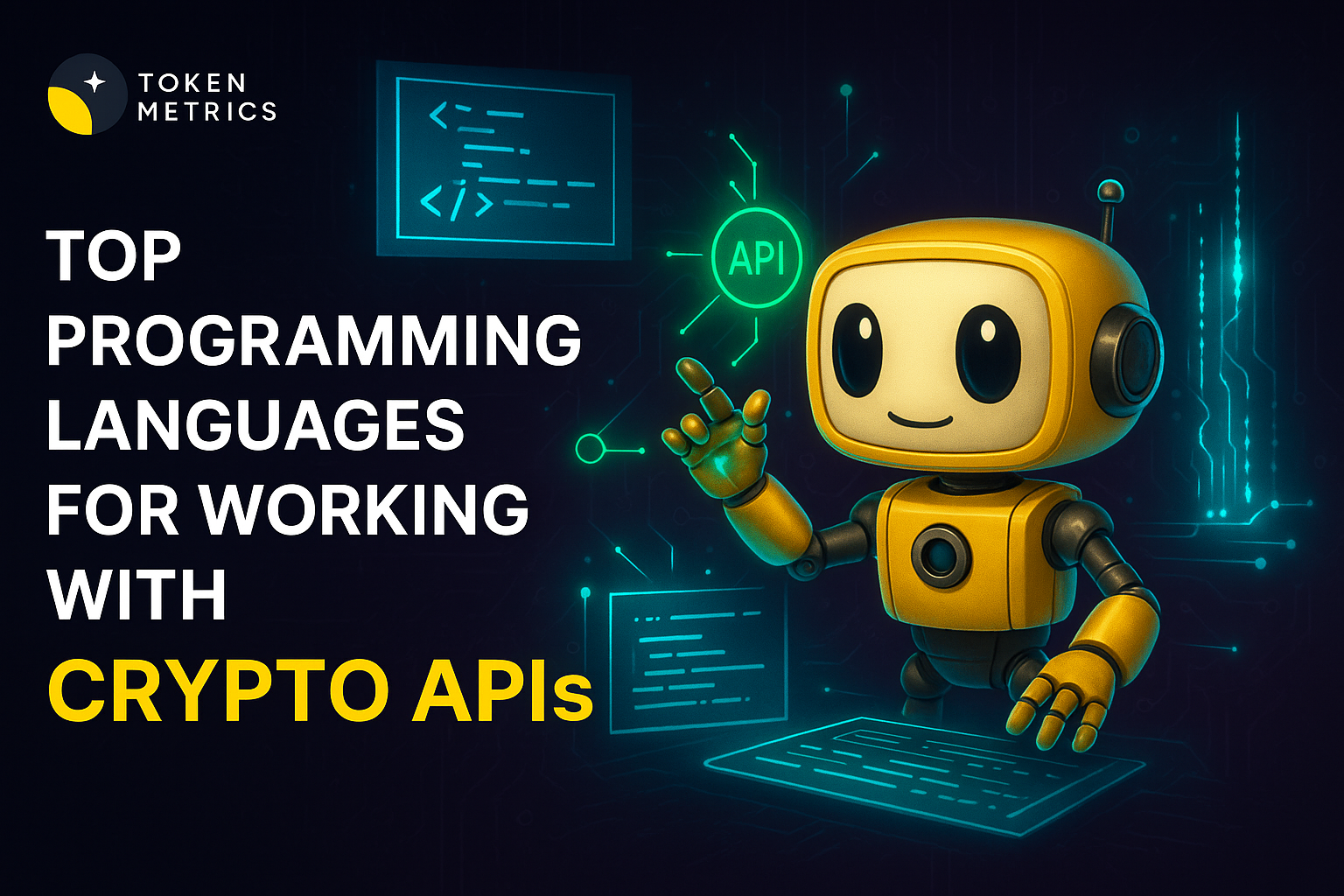What is Spot Trading and Is It Profitable?

If you are wondering what is spot trading, this is the place to be.
Spot trading is a fundamental mechanism that allows investors to buy or sell financial assets for immediate delivery or settlement. This type of trading is prevalent in financial markets, such as stocks, currencies, commodities, and cryptocurrencies, and plays a vital role in facilitating price discovery and market efficiency.
One of the significant benefits of spot trading is its flexibility, which enables investors to respond quickly to market movements and capitalize on short-term opportunities.
What is Spot Trading?
In simple words, Spot trading in crypto refers to buying and selling cryptocurrencies for immediate delivery or settlement. In other words, when you engage in spot trading, you exchange one cryptocurrency for another at the current market price without delay or future delivery.
When you engage in spot trading, you're typically looking to profit from short-term price fluctuations in the market. For example, you might buy a cryptocurrency when you think its price will increase and then sell it shortly after to realize a profit. Alternatively, you might sell a cryptocurrency when you consider its price will decrease and repurchase it later at a lower price.
Spot trading differs from other forms of crypto trading, such as futures trading or options trading, which involve buying or selling contracts that obligate you to buy or sell a certain amount of cryptocurrency at a future date and price. In contrast, spot trading involves only the immediate exchange of cryptocurrencies at their current market value.
How Does Crypto Spot Trading Work?
Crypto spot trading allows users to buy or sell cryptocurrencies at the current market price in real-time. Here are the basic steps involved in a typical crypto spot trade:
- Choose a cryptocurrency exchange: The first step is to choose a cryptocurrency exchange that supports spot trading. Some popular exchanges include Binance, Coinbase, and Kraken.
- Create an account: Once you've chosen an exchange, you must create an account by providing your personal information and verifying your identity.
- Fund your account: After creating an account, you must fund it with fiat currency (such as USD or EUR) or another cryptocurrency.
- Choose the cryptocurrency pair: You must choose the cryptocurrency pair you want to trade. For example, you would choose the BTC/USD pair to buy Bitcoin using USD.
- Place an order: Once you've selected the cryptocurrency pair, you can order to buy or sell the cryptocurrency at the current market price. You can also choose to place a limit order, which allows you to specify a particular price at which you want to buy or sell the cryptocurrency.
- Execute the trade: If your order is accepted, the trade will be executed immediately, and you'll receive the purchased cryptocurrency in your exchange wallet.
- Withdraw your funds: Finally, you can withdraw your funds (either fiat currency or cryptocurrency) from the exchange and transfer them to your personal wallet.
It's important to note that the price of cryptocurrencies can be volatile and may change rapidly. Hence, exercising caution and conducting your own research is important before engaging in spot trading.
Pros and Cons of Crypto Spot Trading
There are several pros and cons to consider when it comes to crypto spot trading:
Pros of Spot Trading
- Immediate execution: With spot trading, you can buy or sell cryptocurrencies immediately at the current market price, allowing you to take advantage of short-term price movements and capitalize on opportunities.
- Simplified process: Spot trading is relatively straightforward compared to other forms of trading, such as futures or options trading, which can be more complex and require more expertise.
- Low fees: Spot trading typically has lower fees than other forms of trading, making it a cost-effective way to trade cryptocurrencies.
- High liquidity: Crypto spot trading is often highly liquid, meaning there are many buyers and sellers, making it easy to execute trades quickly and efficiently.
Cons of Spot Trading
- Volatility: The high volatility of cryptocurrencies can make spot trading risky, as the price of cryptocurrencies can fluctuate rapidly and unpredictably.
- Limited options: Spot trading only allows for buying and selling cryptocurrencies at the current market price, which means that you may have fewer options for trading strategies than other forms of trading.
Overall, spot trading can be a good way to trade cryptocurrencies for those comfortable with the risks involved and want a simple and cost-effective way to take advantage of short-term price movements. However, it's important to do your research and understand the risks involved before engaging in any trading.
Spot Trading Vs. Futures Trading Vs. Margin Trading
Here are some of the key differences between these trading methods:
Spot trading
- Immediate execution: In spot trading, trades are executed immediately at the current market price.
- Low fees: Spot trading typically has lower fees compared to futures trading.
- No expiry date: Spot trading does not have an expiry date, so you can hold your positions for as long as you want.
- Simple: Spot trading is relatively straightforward, making it a good option for beginners.
Futures trading
- Speculation: Futures trading is often used for speculation or hedging against future price movements.
- High leverage: Futures trading allows for high leverage, meaning traders can make larger trades with smaller amounts of capital.
- Expiry date: Futures contracts have an expiry date, which means that traders must close their positions before the expiry date.
- Complex: Futures trading can be more complex and requires greater expertise than spot trading.
Margin trading
- Leverage: Margin trading allows you to borrow funds from a broker to increase your trading position and potential profits.
- Higher risk: Margin trading is riskier than spot trading because of the increased leverage and the potential for greater losses.
- More complex: Margin trading can be more difficult and requires greater expertise than spot trading.
- Higher fees: Margin trading typically has higher prices than spot trading because of the additional costs associated with borrowing funds.
Spot trading is better suited for those who want to buy or sell cryptocurrencies at the current market price. In contrast, futures trading is better suited for those who want to speculate on future price movements or hedge against potential losses. At the same time, margin trading is better suited for those who wish to increase their trading position and potential profits through leverage. Understanding the differences between the three is important as choosing the best fits your trading goals and risk tolerance.
Is Spot Trading Profitable?
Spot trading can be profitable but involves risk, and profits are not guaranteed. The profitability of spot trading depends on various factors, such as market conditions, the timing of trades, and the individual trader's knowledge and experience.
To increase the chances of profitability, traders may employ various strategies, such as technical analysis, fundamental analysis, or trading on news events. Traders may also use risk management techniques, such as setting stop-loss orders, to limit potential losses.
The Bottom Line
In conclusion, spot trading is an essential aspect of financial markets that allows investors to buy or sell assets for immediate delivery or settlement. It offers several advantages, including liquidity, transparency, and flexibility, making it a popular choice among traders worldwide.
However, spot trading also involves risks such as price volatility and counterparty risk, which investors must manage effectively. Overall, spot trading plays a critical role in facilitating price discovery and market efficiency, enabling investors to make informed investment decisions and capitalize on market opportunities.
Disclaimer
The information provided on this website does not constitute investment advice, financial advice, trading advice, or any other sort of advice and you should not treat any of the website's content as such.
Token Metrics does not recommend that any cryptocurrency should be bought, sold, or held by you. Do conduct your own due diligence and consult your financial advisor before making any investment decisions.
Create Your Free Token Metrics Account

.png)




%201.svg)
%201.svg)


%201.svg)










.svg)




.png)